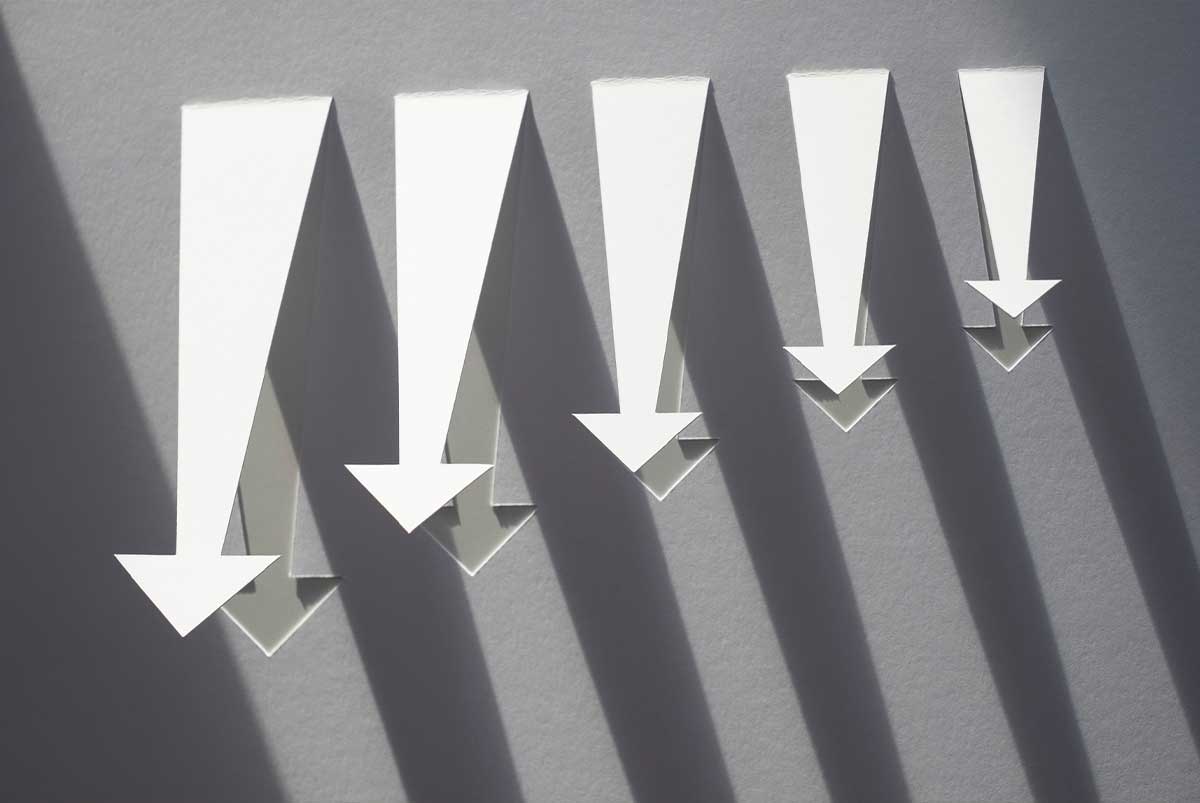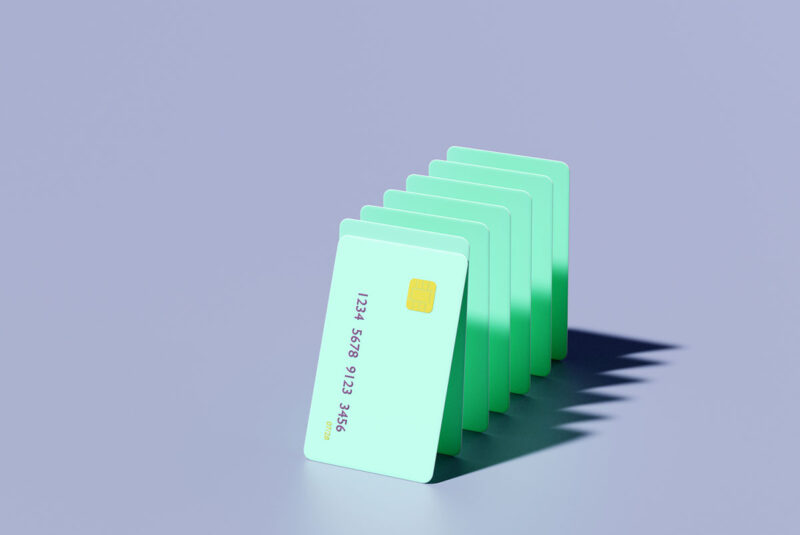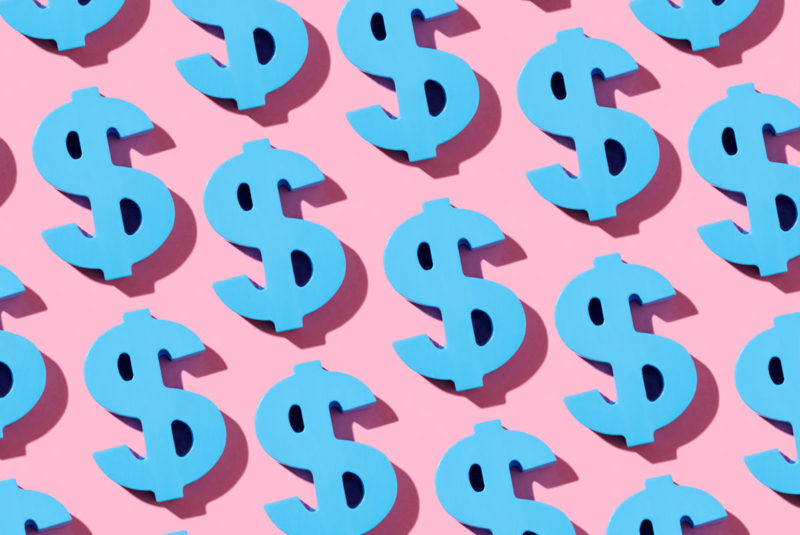As an adult, debt can seem like an unavoidable part of life. It affects your credit scores and personal finances. If you can only afford the minimum monthly payment, having too much debt can be a slippery slope.
When debt gets out of control – whether it’s from medical bills, student loans or unexpected emergencies – it can feel like a dragon standing between you and financial freedom.
But you can defeat the debt dragon, one step at a time. This guide will help you learn how to pay off debt faster, even when it seems impossible.
6 Ways to Pay Off Your Debt
Your first step to paying off your debt faster is creating a debt payoff plan. There are three main debt elimination strategies you can use to pay down or pay off debt: the avalanche method, the snowball method and personal debt consolidation loans.
If you only have one debt account, make the largest monthly payment you can until it’s gone.
But if you have multiple accounts to manage, figuring out which debt elimination strategies work best for you is key.
The six debt elimination strategies we’ve outlined below can be used on their own or combined.
The Avalanche Method
With the debt avalanche method, you pay off your debts starting with the highest interest rate and work your way toward the lowest. Let’s break it down:
- Make the minimum monthly payment on all your accounts.
- Put any extra money toward your monthly payment on the account with the highest interest rate.
- Once that debt is gone, apply what you paid toward that debt to the monthly payment for your next highest interest rate account. Keep going with this method until all of your debts are paid off.
The more money you put toward paying off high-interest accounts, the less time it takes to pay them off and the less money you pay in interest. This is how the avalanche method works.
It may take some time to see significant progress, but don’t get discouraged. Once you gain momentum, you’ll start plowing through your debts like an avalanche.
The Snowball Method
With the debt snowball method, you pay off your debts starting with the smallest balance and work your way toward the largest. Let’s break it down:
- Make the minimum monthly payment on all your accounts.
- Put any extra money toward your monthly payment for the account with the smallest balance.
- Once you’ve paid off that debt, apply the amount you paid toward it to the monthly payment of your next smallest debt. Keep going with this method until all of your debts are paid off.
This method may be good for you if you have multiple credit card balances but can’t qualify for a new balance transfer card or a personal loan to consolidate your debt. (More on these methods later.) But it works for any kind of debt you have.
While the snowball method is great for seeing progress quickly, you usually end up paying more than with the avalanche method. By not paying off debt according to interest rates, high-interest accounts could cost you more in interest over time.
Paying Off Credit Card Debt With a Personal Loan
Consider a personal loan if you have a lot of credit card debt but don’t have the money to settle or use toward the debt avalanche method.
Getting a personal loan to consolidate your debt decreases your number of monthly payments and can make managing your debts much easier. Let’s break it down:
- Shop around for different loan providers – online lender, bank or credit union – to find out the interest rates you’ll likely get and the fees involved. Look for a lower rate than what you’re paying now.
- Apply for a debt consolidation loan. Once you’re approved, some lenders pay off your cards on your behalf, but others transfer the money so you can pay them off.
- Pay off your personal loan according to the repayment plan. If you can pay more than the minimum monthly payment, you’ll save money and get out of debt faster.
Consider these tips if you use a personal loan to consolidate your credit card debt:
- Keep your accounts open: Keep your paid off credit card accounts open unless you need to avoid account fees. This is so you don’t negatively impact your credit scores by closing them.
- Cut back on spending: If you’ve paid off your cards with the loan, don’t put a balance back on them. This just creates more debt.
- Be a responsible borrower: Make regular, on-time payments to your personal loan. Not doing so can cause more credit problems.
Balance Transfers
With credit card debt, you can transfer your credit card balance to another card – ideally, one with a lower interest rate.
Transferring balances from a high interest rate to a lower interest rate credit card cuts down on the interest you pay over time. And because you’re accumulating less interest, it may also help you pay off your debt faster. Let’s break it down:
- Apply for a new credit card with 0% APR on balance transfers for an introductory period (or find a balance transfer offer on a card you already have). If you can’t find this kind of offer or don’t qualify, look for a credit card with a lower interest rate than your current card.
- Once you’re approved, transfer the balances from your other cards to the new card by contacting the new card issuer.
- Pay off your balance on the new card as quickly as you can. If you got a card with a 0% APR offer, try to pay it all off before the 0% APR period ends.
Many cards come with a balance transfer fee, so read the fine print before you apply. However, some credit cards offer 0% APR balance transfers and have no balance transfer fees. Look for these credit card offers if possible.
Debt Settlement
Debt settlement can be a viable option if you’re behind on payments and can make one-time settlement payments to pay off your accounts. But this isn’t always the best option, as it can affect your credit scores and your ability to get future financing.
There are two ways to settle your debts: on your own or by hiring a professional debt settlement company. Do your research carefully. There are many debt settlement scams out there, and hiring a legitimate company can come with high fees. Learn what to watch out for at the FTC Consumer Information website to avoid overpaying or getting caught in a scam.
If you decide to forge ahead on your own:
- Contact each creditor or lender and tell them you’re willing to settle your debt for less than the current balance. Keep your first offer low.
- Be prepared to negotiate with your creditors or lenders. This process can take some time. Don’t be afraid to make multiple attempts. There’s nothing wrong with politely hanging up and trying again.
- When you reach an agreement, get it in writing. Don’t share any bank account or payment information until you have the agreement in hand.
- Pay off your settled debt.
If you prefer to work with a debt settlement company:
- Contact companies and inquire about their general process, the expected timeline and how much they charge.
- When you find the company that’s best for you and set up an agreement, they’ll tell you what to do from there. They usually handle all communications with your creditors or lenders, but you may still receive inquiring phone calls and letters.
- The debt settlement company may ask you to stop making payments to your creditors, and instead make payments into an escrow account. This account will be used to pay off your creditors after they agree to settle for less than the balance. But stopping payments can damage your credit scores.
- When the debt settlement company receives a good offer, they’ll pay off your creditor.
Bankruptcy
When you’re fighting off the debt dragon and have nowhere else to go, bankruptcy can offer a game reset. However, bankruptcy can be very expensive and ruin your credit, so use it as a last resort.
The two types of personal bankruptcy are:
- Chapter 7 “The total reset”: It often relieves most of your debt automatically, but you may have to surrender some of your property.
- Chapter 13 “The conditional reset”: It requires you to repay some of your debt over 3 – 5 years, based on how much you owe and your disposable income, but allows you to keep your property and forgives the remaining debt.
Filing for bankruptcy can’t be encompassed in a few short steps, but the general process is as follows:
- When you find the right bankruptcy attorney, they’ll instruct you on what to do. You’ll need to submit comprehensive documentation of your personal and financial information.
- Your attorney will file the bankruptcy with the proper authorities.
- If you file a Chapter 13 bankruptcy, you’ll need to make monthly payments for 3 – 5 years.
- When the bankruptcy is discharged, the included debts will be written off by the creditors or lenders, meaning you’re no longer responsible for them. Depending on the type of bankruptcy, it could be discharged within 3 – 6 months of filing (Chapter 7) or 3 – 5 years (Chapter 13).
Before filing for bankruptcy, you must go through credit counseling approved by The Department of Justice’s U.S. Trustee Program. Although you can conduct the process yourself, it’s best to get an attorney.
Ready, Player One
Paying off your debt faster can help you work toward other goals, like preparing to buy your first home, taking a vacation or starting a business. While debt isn’t a game, you can use strategies to help you on your way to financial freedom.
Stay on the path by setting and sticking to a budget, cutting unnecessary expenses and looking for opportunities to negotiate lower prices on your everyday bills (think a phone or internet bill). Power up by bringing in more income and creating an emergency fund.
Nothing can make your debt magically disappear, but you have what it takes to free yourself from the clutches of the debt dragon!
The Short Version
- There are three main debt elimination strategies you can use to pay down or pay off debt: the avalanche method, the snowball method and personal debt consolidation loans
- If you only have one debt account, make the largest monthly payment you can until it’s gone
- If you have multiple accounts to manage, figuring out which debt elimination methods work best for you is key




